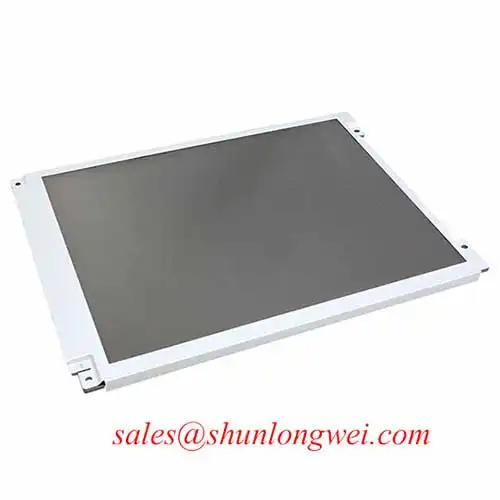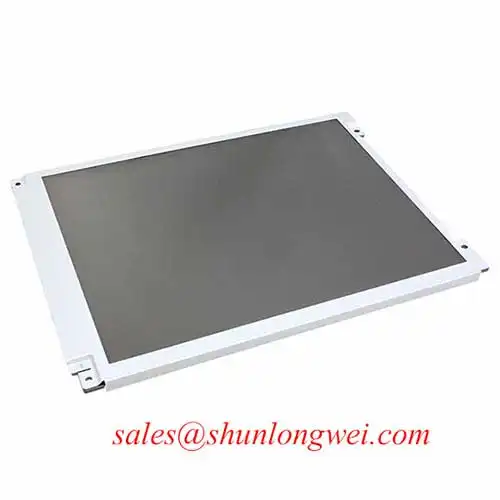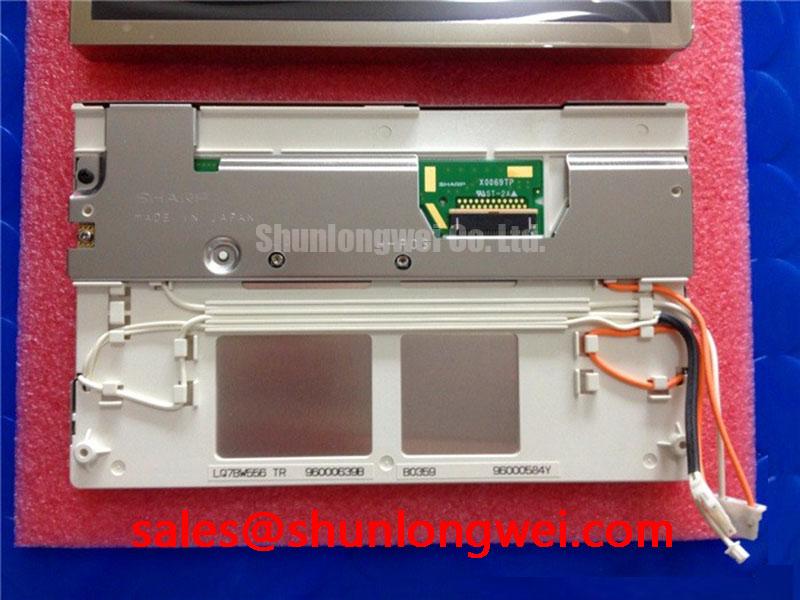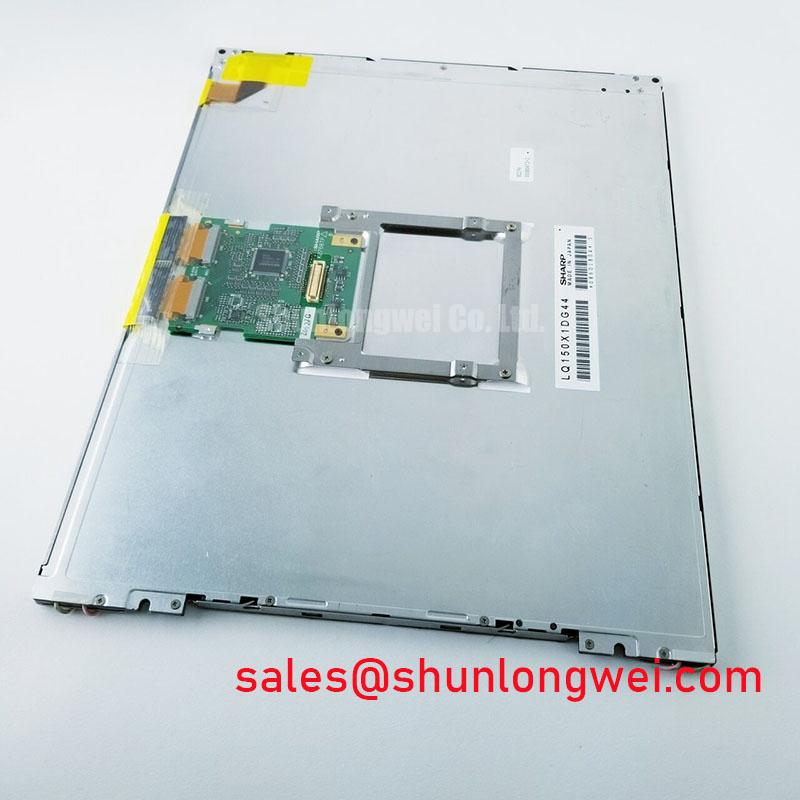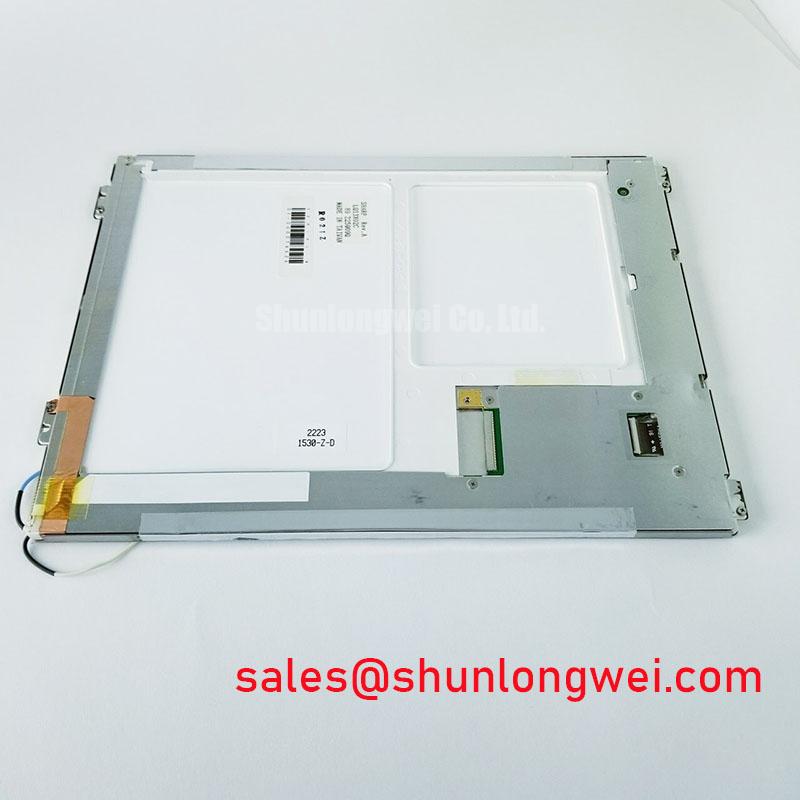Content last revised on November 25, 2025
An Engineering Analysis of the Sharp LQ104S1LG31 10.4" SVGA Display
Engineering a Legacy: The LQ104S1LG31's Role in Industrial Visuals
A Robust Display Built for Environmental Extremes and Long-Term Service
The Sharp LQ104S1LG31 is a 10.4-inch a-Si TFT-LCD module engineered for performance in applications where reliability is not negotiable. With its core specifications of 800x600 SVGA resolution, a typical brightness of 350 cd/m², and a contrast ratio of 500:1, it delivers clear, readable visuals. Key benefits include exceptional operational resilience in harsh conditions and a design optimized for long service life. This display answers the critical need for a durable screen in industrial systems that must function flawlessly across wide temperature spectrums. For industrial HMIs requiring proven durability in extreme temperatures, the LQ104S1LG31 offers an optimal balance of performance and resilience.
Key Parameter Overview
Decoding the Specs for Environmental and Mechanical Resilience
The technical specifications of the LQ104S1LG31 underscore its suitability for demanding industrial and commercial applications. The parameters below have been selected to provide engineers and procurement managers with a clear view of its core capabilities, focusing on aspects that directly influence system reliability and integration.
| Feature | Specification |
|---|---|
| Screen Size | 10.4 inches |
| Resolution | 800(RGB) x 600 (SVGA) |
| Display Technology | a-Si TFT-LCD, TN, Normally White |
| Brightness | 350 cd/m² (Typ.) |
| Contrast Ratio | 500:1 (Typ.) |
| Viewing Angle (L/R/U/D) | 70/70/50/60 (Typ.) (CR≥10) |
| Interface | LVDS (1 ch, 6-bit), 20 pins connector |
| Operating Temperature | -30°C to 80°C |
| Storage Temperature | -30°C to 80°C |
| Backlight System | CCFL (2 pcs) with 50,000 hours typical lifetime |
| Surface Treatment | Antiglare, Hard coating (3H) |
| Vibration Resistance | 2.0G (19.6 m/s²) |
Download the LQ104S1LG31 datasheet for detailed specifications and performance curves.
Application Scenarios & Value
System-Level Benefits in Industrial Control and Legacy System Upgrades
The LQ104S1LG31 is engineered for environments where standard consumer-grade displays would fail. Its primary value is realized in applications demanding consistent performance despite thermal cycling, vibration, and the need for clear data presentation over long operational lifetimes. For more insights on this topic, explore this guide on industrial vs. consumer displays.
A prime engineering scenario is its deployment in Industrial HMI panels for process control systems on a factory floor. In such a setting, the ambient temperature can fluctuate dramatically. The display's exceptional -30°C to 80°C operating range ensures the HMI remains functional and readable whether installed near a furnace or in an unheated warehouse during winter. The 800 x 600 SVGA resolution provides sufficient detail for displaying critical process parameters, alarms, and control interfaces without overburdening the system's graphics processor, a key consideration for cost-effective and legacy system integration. The antiglare surface is critical for maintaining readability under the harsh, often multi-source lighting found in industrial facilities. For systems that may require a different standard resolution, the related G104VN01 V0 offers a 640x480 VGA format in a similar 10.4-inch form factor.
Technical Deep Dive: Application Vignette
Designing a Reliable HMI for a CNC Machining Center
Consider the challenge of designing an HMI for a CNC milling machine. The operator requires a clear, immediate view of tool paths, spindle speed, and diagnostic codes. The environment is harsh, subject to vibrations from the machine's operation and potential exposure to airborne coolants or lubricants. Here, the LQ104S1LG31 demonstrates its engineering value directly.
The display's 2.0G vibration resistance is not just a specification; it's the assurance that the internal connections and components will not fail prematurely due to the constant mechanical stress of the factory floor. The hard-coated (3H) and antiglare surface protects against accidental scratches and ensures that status indicators are not obscured by reflections from overhead lighting. The LVDS interface is a robust, low-noise signaling standard ideal for carrying video data reliably within such an electrically noisy environment. To understand more about this technology, refer to this overview of the TFT-LCD structure.
Choosing the 800x600 SVGA resolution is a deliberate engineering decision. It’s the sweet spot for many industrial applications. Think of it like a purpose-built instrument cluster in a vehicle versus a generic tablet. It provides all the necessary information with excellent clarity and speed, perfectly matching the requirements of the machine's control software without the added system cost and complexity of a high-definition panel. This focused approach enhances system responsiveness and simplifies software development, directly contributing to a more efficient and reliable machine.
Frequently Asked Questions (FAQ)
What is the primary engineering advantage of the -30°C to 80°C operating temperature?
This wide temperature range allows the LQ104S1LG31 to be deployed in systems operating in non-climate-controlled environments, such as outdoor kiosks, vehicle cabins, and factory floors, without requiring complex and costly external heating or cooling systems. It ensures operational reliability from a cold start in freezing conditions to peak summer heat.
Is the CCFL backlight a disadvantage compared to modern LED backlights?
While LED is the current standard, the CCFL system in the LQ104S1LG31 is a mature, proven technology with a specified typical lifetime of 50,000 hours. For many long-life industrial applications and as a direct replacement in legacy systems, this provides predictable performance and longevity, often exceeding the required service life of the host equipment.
Why would a new design choose SVGA (800x600) resolution today?
SVGA resolution remains highly relevant for focused industrial control applications. It provides excellent clarity for typical HMI and diagnostic screens while minimizing system resource requirements (processing power and memory). This makes it an ideal, cost-effective choice for integration with embedded systems and PLCs where efficiency and stability are prioritized over high-definition multimedia capabilities.
What should be considered when integrating the LVDS interface?
The LVDS (Low Voltage Differential Signaling) interface requires careful layout of differential pairs on the PCB to maintain signal integrity and benefit from its excellent noise immunity. Engineers should follow standard impedance-controlled routing practices. The 20-pin connector and 6-bit data depth are standard for this class of display, simplifying connection to many common display controllers and SoCs. For more on the fundamentals, see this guide to TFT LCDs.
The LQ104S1LG31 stands as a strategic choice for industrial equipment designed for longevity. Its combination of a classic, effective resolution with a truly industrial-grade build provides a stable and reliable platform for human-machine interfaces that are central to the operation of modern factory automation and process control systems.

